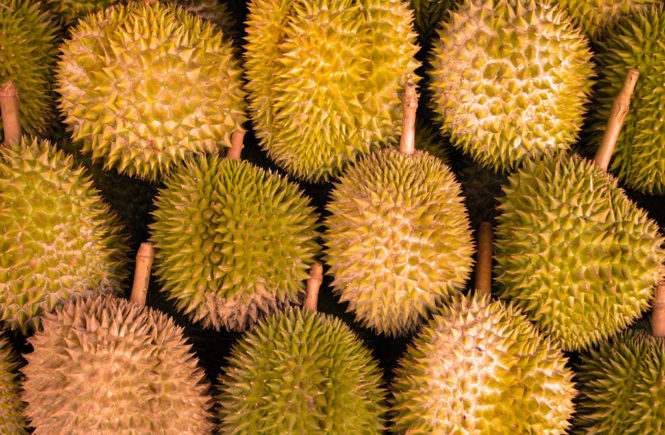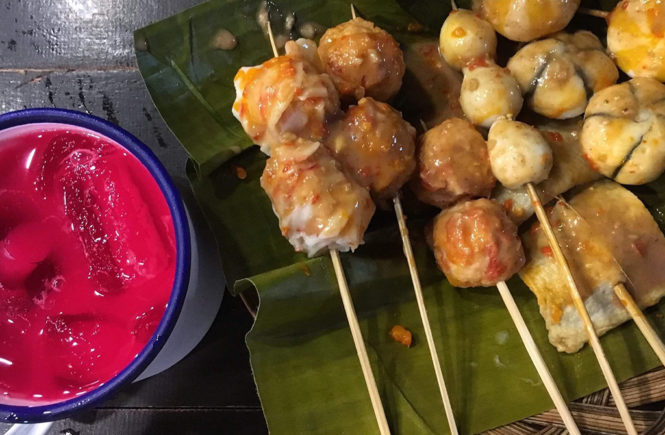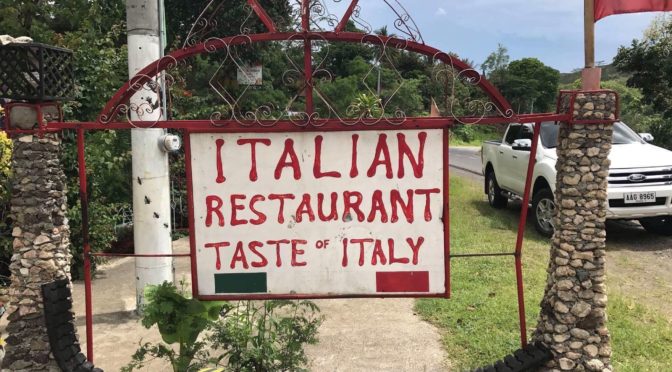A few days ago, I had a chance to reconnect with an old friend who’s an avid traveler. I was pleased to hear about one of her recent trips, a short getaway to Laswitan in Cortes, Surigao del Sur. This coastal attraction is apparently fast becoming a popular tourist destination, and her recommendation piqued my interest.
Huge rocks protect visitors from the waves that crashes through the shores. A typical view in Laswitan. (video courtesy of Diane Suelto)
It’s been many years since I last visited this part of Mindanao. They didn’t have paved roads then, but I’d already heard accounts of pristine coastline and dramatic rock formations. As my friend showed me photos of her visit to Laswitan Lagoon, I couldn’t help but get excited. It seemed like a perfect marriage of seaside thrills and soothing calmness, depending on the people present. For thousands of years, waves have been crashing into those rocks and molding them, carving out the lagoon into what it is today. I could imagine the poetry of it, the story being told by those rocks.
As my friend showed me more photos and videos, she reminded me that Laswitan had recently reopened to the public after going through some restoration. Prior to this, tourists were leaving all kinds of trash that included candy wrappers, paper, plastic utensils, diapers, and more. She was proud of the local government and visitors for turning this place around. It’s apparently been a team effort.
She also mentioned that while roads are much better now, there’s still a bit of a rough stretch left, a good six kilometers. I sure won’t be bringing a sedan when I visit. In fact, I might just take the whole family and load up on some adventure equipment. Nearby Lanuza town has apparently been developed into a surf spot, so I’m sure my children will love that.
It’s really encouraging to hear these developments of what were once no-name towns. Who knows what we’ll find in these parts of Mindanao in 10, 20 years?














 The Island Garden City of Samal (IGaCoS) used to be known as the Moncadista Island, because it was once a colony of the Moncadistas, a religious group noted for eating only raw and uncooked food. In the late 1930’s they built two camps in Barangay Limao — Camp 23, a 23-hectare residential area for its members and Camp 19, a 19-hectare cultural heritage property where the White House is located.
The Island Garden City of Samal (IGaCoS) used to be known as the Moncadista Island, because it was once a colony of the Moncadistas, a religious group noted for eating only raw and uncooked food. In the late 1930’s they built two camps in Barangay Limao — Camp 23, a 23-hectare residential area for its members and Camp 19, a 19-hectare cultural heritage property where the White House is located.